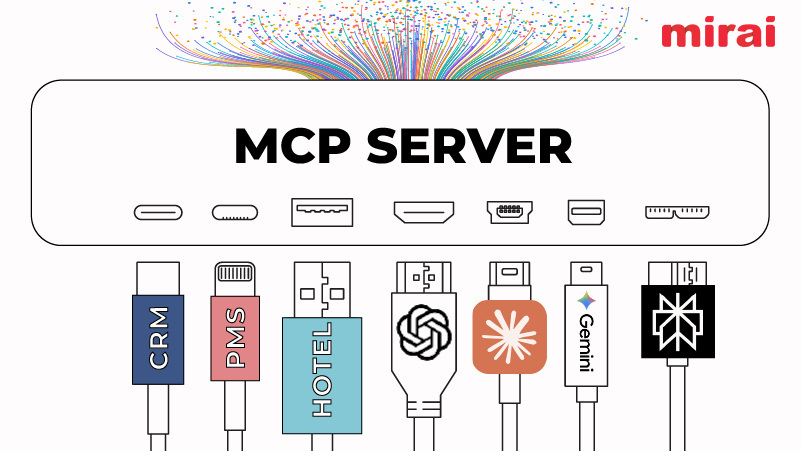
Hotels lack transparency and awareness of the accurate customer acquisition costs, which has fueled a common misconception: “Independent hotels can’t compete with OTAs for direct bookings.”
NB: This is an article from Demand Calendar
Subscribe to our weekly newsletter and stay up to date
In reality, that belief is misguided. With the right mix of technology, innovative marketing, and effective team alignment, independent hotels can profitably grow their direct online channel while reducing their overall acquisition costs.
We explore how modern consumer search behavior, website optimization, and business intelligence, particularly measuring Customer Acquisition Costs, create a powerful strategy for boosting direct bookings and increasing net revenue.
Understanding the Modern Traveler’s Search Journey: My Personal Experience
I’ve noticed that many hoteliers think travelers start with random destination searches on Google and then stumble onto OTAs. From my experience, though, it doesn’t work like that. Typically, I already know where I want to go and need a quick, convenient way to see the lodging options.
My two main methods are:
- Visiting an OTA: If I go to Booking or Expedia, I can view a list of hotels in the city I plan to visit, complete with photos, prices, and availability.
- Using Google Maps: More often, I head to Google Maps, type in the destination, and check out where the hotels are located. Then I click on the property listing to get more details, and if there’s a website link, I click through to learn more.
When I find a hotel I like, my first instinct is to book directly. I know how much commissions cost hotels, and I also realize that if I book directly, the hotel gets my personal details and special requests right away. Unfortunately, that’s when I often run into problems. Some hotel websites take too long to load, make it hard to find the room type or rate I’m looking for, or show me a clunky, confusing booking engine. Even worse, sometimes the price is significantly higher than what I saw on the OTA. If that happens, I’ll give up on direct booking and return to the OTA, even though I’d prefer to book straight with the hotel.
My behavior highlights one of the biggest barriers to direct bookings: an underwhelming website and a complex booking flow. No matter how much I want to support the property or avoid extra fees, I’ll reluctantly revert to an OTA if the process is too confusing or the price is out of line. As a traveler, I find that a seamless user experience and transparent pricing are non-negotiable. If hotels want more direct reservations, they have to make it easier and more attractive for me to click “Book Now” on their website instead of someone else’s platform.
Why OTAs Dominate – and Why That Doesn’t Mean You Should Surrender
Even if you don’t start directly on an OTA or Google Maps, a quick Google search for hotels in a given destination inevitably brings up OTA listings right at the top. It’s incredibly convenient. OTAs have spent staggering sums to ensure they rank well in search results. Essentially, they’ve paid to simplify my path to booking through them. From a consumer perspective, that’s quite helpful: why should I, or any traveler, dig deeper or invest time clicking back and forth to hotel websites to learn about all options if an OTA link is already there?




